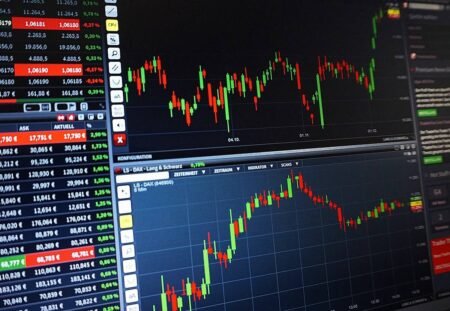The 2017 State Aid Scoreboard, published on 16 January by the European Commission, showed that over 97% of new implemented aid measures fell under the new General Block Exemption Regulation and could be quickly implemented by EU Member States to the benefit of citizens, businesses and regions, avoiding bureaucracy, red tape and delays.
Advertisement
The annual State Aid Scoreboard is based on expenditure reports provided by Member States and covers all existing aid measures to industries, services, agriculture and fisheries. It also includes aid granted to financial institutions in the context of the financial and economic crisis. Aid to railways and services of general economic interest is not covered by the Scoreboard.
The 2017 State Aid Scoreboard shows that:
- More than 97% of new aid measures for which expenditure was reported fell under the General Block Exemption Regulation (GBER) and could be more quickly disbursed – an absolute increase of about 25% compared to 2013. This development is in line with the Commission’s proposal under the “Doing Less More Efficiently” scenario of the White Paper on the Future of Europe by 2025 to focus on delivering more and faster, while doing less where it is perceived not to have an added value. The Task Force on Subsidiarity and Proportionality, chaired by the First Vice-President Frans Timmermans, is also looking into policy areas where work could be re-delegated or definitely returned to Member States.
- Total spending granted under GBER in 2016 strongly increased for: i) broadband and local and multi-recreational infrastructures (+99%); ii) research, development and innovation (+89%); iii) aid to culture and heritage conservation (+57%); iv) aid to small and medium-sized companies and risk finance (+39%); and v) environmental protection and energy savings (+23%). This further demonstrates that the current State aid rules facilitate well-designed aid targeted at objectives of common interest which complement broader EU policy initiatives.
- The growing share of spending falling under GBER implies that on average State aid measures that are registered by the Commission are implemented much more quickly than in the past by Member States. Compared to 2013, the average time to implement State aid measures decreased by 20%.
- At the same time, notified measures that are still subject to more careful scrutiny tend to cover bigger budgets and spending than in the past, in line with the Commission’s approach to be ‘big on big things and small on small things’. In 2016, the average annual budget of implemented notified measures was about 222 million, an absolute increase of about 18% compared to 2015 and 124% compared to 2013.
- In 2016, Member States spent 105.9 billion, i.e. 0.71% of EU GDP, on State aid. The same numbers for 2015 were 100.2 billion, i.e. 0.68% of EU GDP.
- Around 94% of total State aid spending was allocated to horizontal objectives of common interest, such as environmental protection, research, development and innovation and regional development. In particular, about 53% of total spending was granted in support of environmental and energy saving measures, largely due to the approval of numerous renewable energy initiatives in many Member States. In 15 Member States, most state aid spending was used for these purposes, to help them meet in particular their renewable energy targets.
- The level of State aid to the financial sector, both approved and used, is the lowest since the beginning of the crisis. In 2016, no recapitalisation aid was used for any bank for the first time since the beginning of the financial crisis. The European banking sector is also relying less and less on government guarantees for liquidity support, as it is able to find the necessary liquidity on the market.






